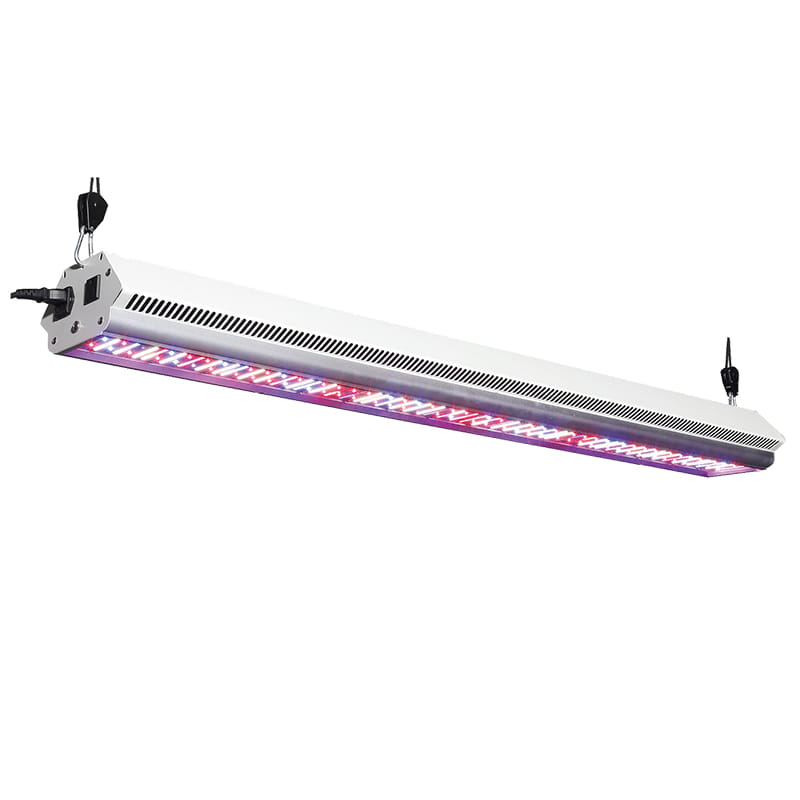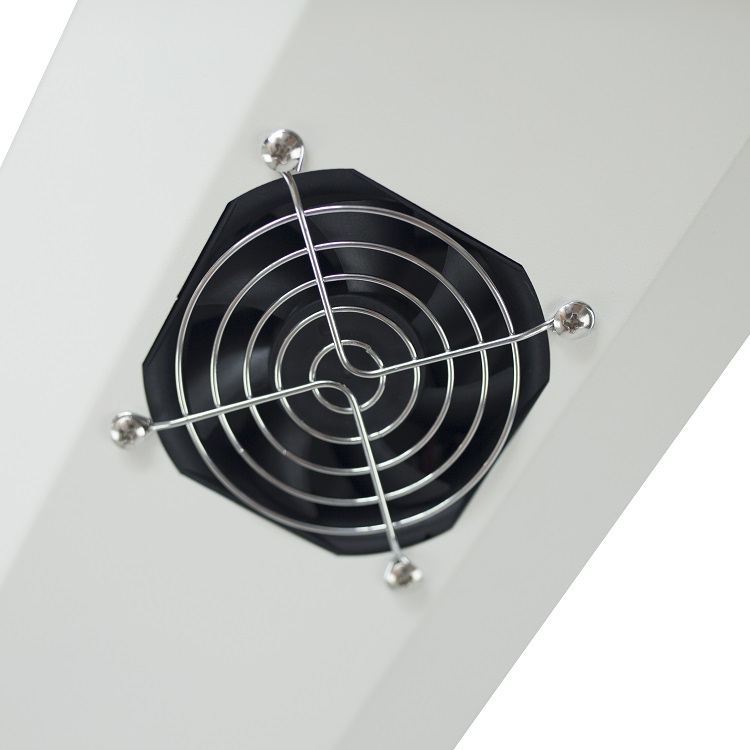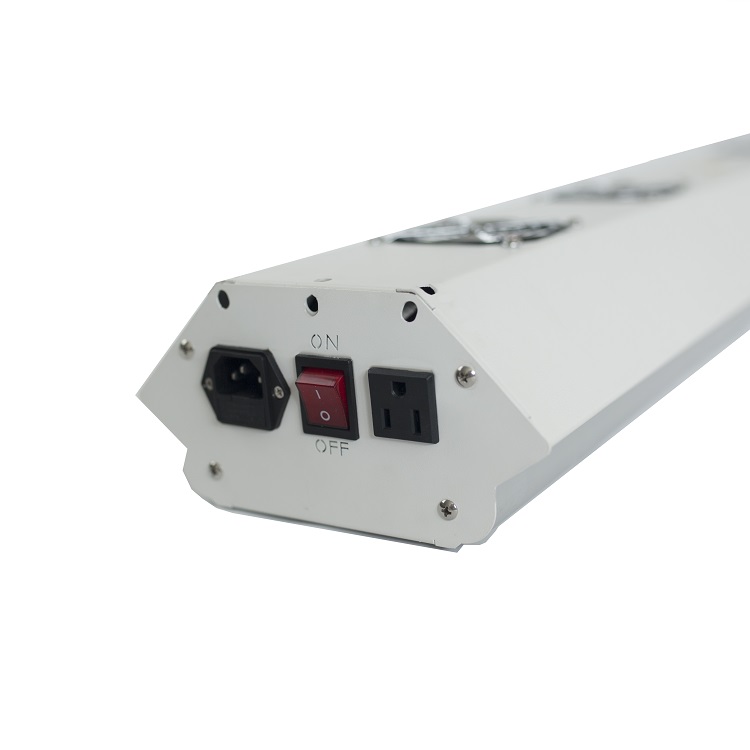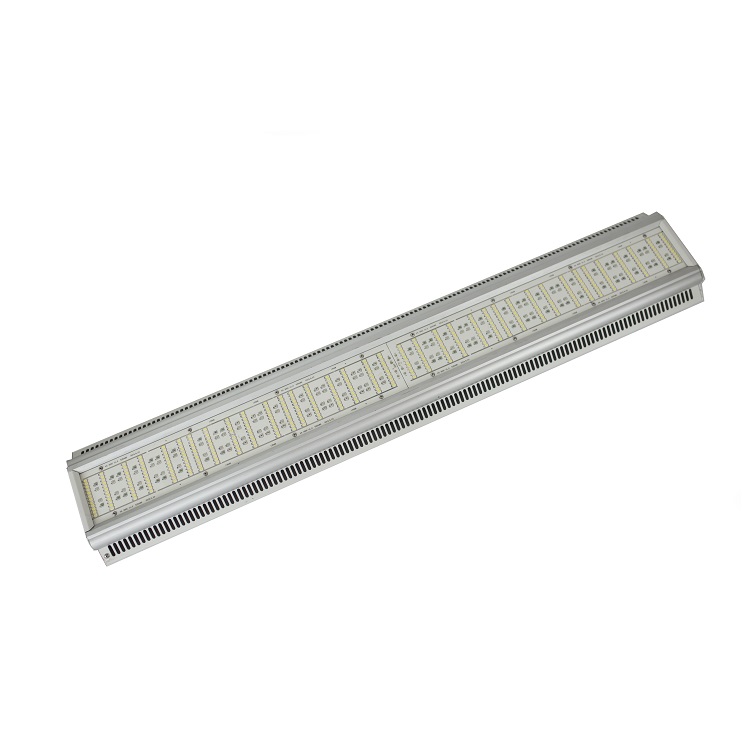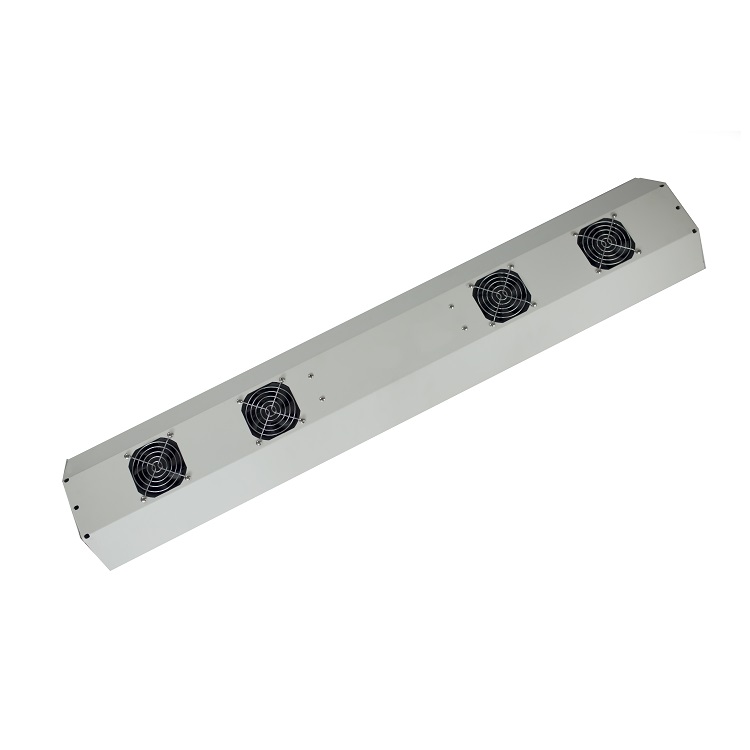KS-T315 LED Grow Lights
KS-T315 LED Grow Lights
- Wattage: 315W
- PPF: 787.5~850.5 μ mol/s
- PPFD: 2.5~2.7 μ mol/J
- Life-span: 25000h
- Description: KS-T315 LED Grow Lights
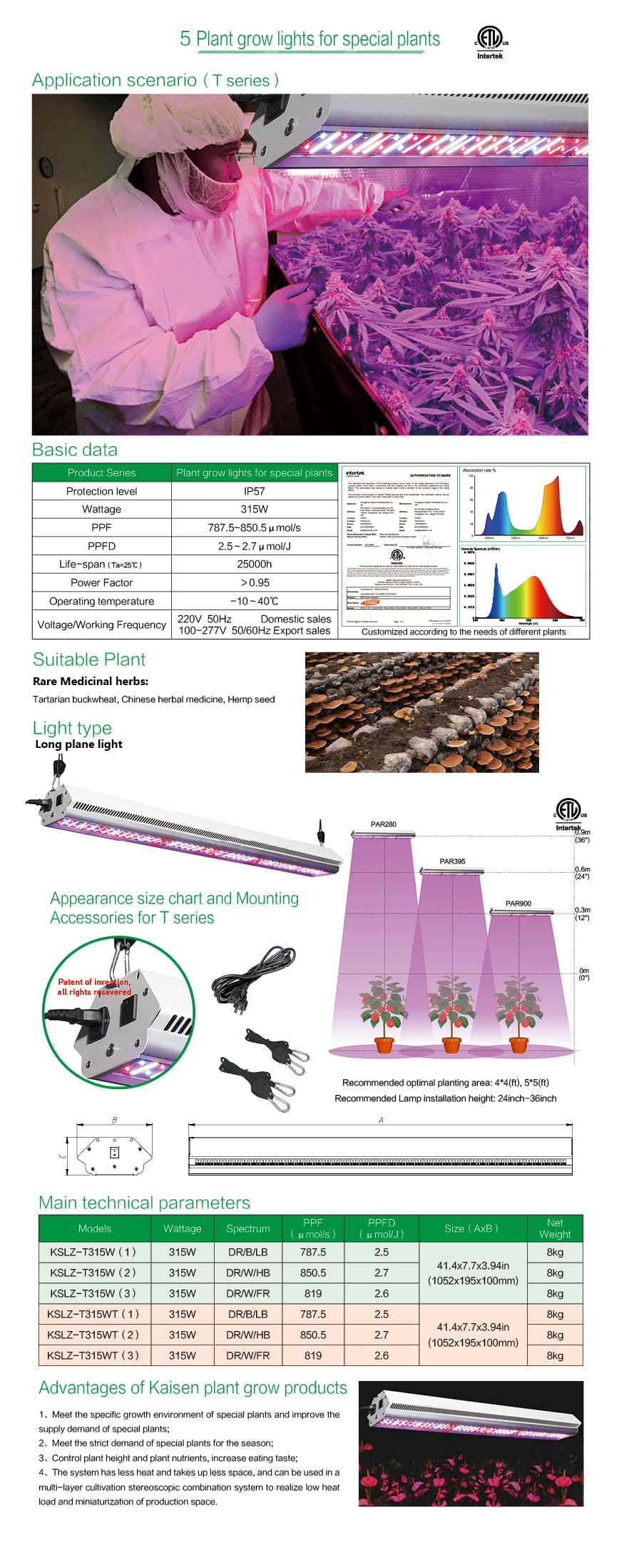
LED Grow Lights
As the top LED grow light manufacturer, KAISEN Lighting specializes in designing, manufacturing and selling high-end LED grow lights.
What is LED grow light?
The LED grow light is an artificial light source, designed to stimulate plant growth by emitting light suitable for photosynthesis. LED grow light is often used in farm, exhibition, garden, urban, bonsai and university lab to extend the time the plants receive light in winter months or in places with no enough naturally occurring light.
The advantages of LED grow light
Traditional grow lighting fixtures are mainly fluorescent light and high pressure sodium light. These two types of grow lights have low luminous efficiency, short lifespan and are prone to generate a large amount of heat, which will affect the normal growth of plants. While LED grow light has a long lifespan, small size, low heat generation and high luminous efficiency, which is an excellent substitute for traditional grow lights.
Full spectrum
Compared with other types of grow lights, the biggest advantage of LED grow light is that it can achieve the full spectrum, which is of great significance for plants growth. Full spectrum LED plant lights can mimic real sunlight and help plants grow healthier.
The grow lights from KAISEN Lighting cover wavelength of 385nm~730nm, including wavelengths that are visible to the human eye and invisible wavelengths, such as UV and IR rays. Plants have a tendency to absorb more blue light than other light (such as green or white light), making the UV rays the best light to induce vigorous growth in the plants. When plants are in the vegetative phase, using the UV rays can help cell division and make plants grow more faster and result in more yield. IR rays is the best catalyst to promote flowering and germination. It is easily absorbed by the root tips and buds of plants, making them bloom very quickly.
The full spectrum LED grow light can provide the best lighting in each cycle of plant growth, eliminating the tedious process of frequently replacing different wavelength grow lights.
Structure
LED grow light is compact and can be installed next to each other to provide planters with greater lighting coverage. At the same time, you don't need any specific knowledge to install smoothly. You just need to find a suitable position to keep the LED grow light and the plant at a proper distance.
Energy-saving
LED grow light has higher photoelectric conversion efficiency than traditional grow light. 600W LED grow light can replace 1100W HID/MHL, which is more energy efficient. And the lifespan of LED grow light can reach 50,000 hours to 100,000 hours, compared with 20,000 hours of traditional grow light, can reduce the cost of replacement and maintenance.
Intelligent control
LED plant light can achieve the function of wavelength adjustment. Different wavelengths are used at different stages of plant growth, and planters can promote the plants to grow healthier and faster by adjusting the wavelength of the LED grow light at the wavelength most needed for each growth stage.
The type of LED grow light
According to different lighting requirements, LED grow lights are mainly divided into toplighting fixtures, interlighting fixtures and flowering fixtures. The use of appropriate LED grow lights can promote plant growth.
The special index of LED grow light
Lighting for plants is different from lighting for humans. Light energy for humans is measured in lumens, with light falling onto a surface measured as illuminance with units of lux (lumens per square meter) or footcandles (lumens per square foot). Light energy for plants, on the other hand, is measured as photosynthetic active radiation (PAR), with light falling onto a surface measured as photosynthetic photon flux density (PPFD) with units of μmol/s-m2.
Before using LED grow light to provide sufficient lighting for plants, it is necessary to determine what growth stage the plant is in and the PPFD value required.

Related Products
LATEST NEWS
CONTACT US
Tel: +86-519-8860-8809
Email: kaisen@kaisenzm.com
Add: No.68 Dongfang Road, Changzhou, China
